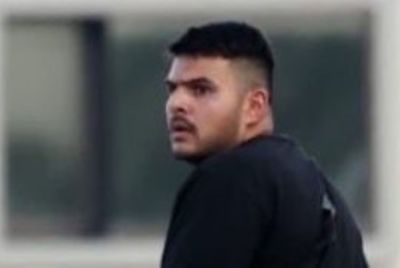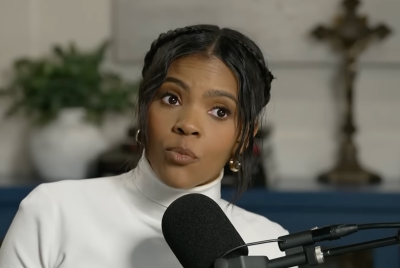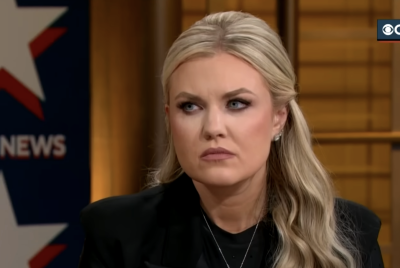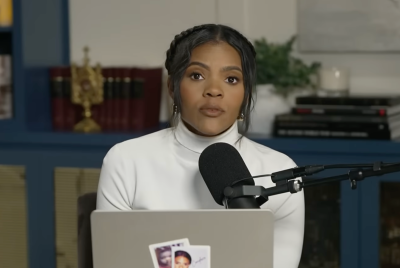Conclave 2025 Schedule: How Long Will It Take To Choose A Pope? One Ran For 1,000 Days!
Cardinals gather in secrecy to elect the next leader. How long will it take?

The selection of a new Pope can be swift—or markedly drawn out—and the Catholic world is now watching intently to see how long the process may take.
Following the death of Pope Francis on 21 April 2025, Vatican cardinals have begun the centuries-old tradition of casting their votes behind closed doors. Yet, the timeline for choosing his successor remains uncertain.
What Exactly Is A Conclave?
A papal conclave is an event where the College of Cardinals gather for the purpose of appointing the next Pope. This typically happens after the previous Pope, also known as the Bishop of Rome, passes away or vacates their post.
As the earthly head of the Catholic Church, the Pope manages the administrative operations of the Holy See, the central governing institution of the Catholic Church.
The Conclave's Typical Duration
Over the last few papal elections, the duration has varied widely, though most have been relatively quick. The last three popes—Benedict XVI in 2005, John Paul II in 1978, and Francis in 2013—were elected within two to five days. In 2013, Pope Francis's election was concluded after five ballots over two days, offering some hope that the process may be swift again.
However, history offers more extreme examples. The longest conclave on record lasted nearly three years, from 1268 to 1271. The delay was caused by divisions among the cardinals who were unable to reach a decision. This event prompted significant reforms, including the move to seclusion 'cum clave', which means 'with a key' in Latin, to prevent outside interference.
What Decides the Length of the Election?
There is no set limit on how long a conclave can last. In the early days, voting was held daily, with breaks permitted if no majority was reached. If after three days no decision was made, the cardinals could pause for prayer and discussion, and the process could continue indefinitely until a majority was achieved.
It's worth noting that, in practice, most conclaves in recent years have lasted only a few days, often reflecting the consensus of the cardinals. The current process requires two-thirds of votes plus one to elect a new Pope. If after the first day no candidate secures this majority, subsequent voting occurs twice daily — in the morning and afternoon. The process continues until a candidate reaches the necessary support, which means the length hinges on how quickly the cardinals can agree.
Recent Examples and Expectations for 2025
In 2013, the conclave took just two days, with five ballots. Prior to that, in 2005, the election was completed in four ballots over two days. Experts suggest that history could repeat itself, and a new Pope might be named within a week of the conclave's start.
Nonetheless, unpredictability remains. The 1268-71 conclave, which lasted nearly three years, shows how divisions and external influences can extend the process. The current cardinals are a carefully selected group, with only 135 eligible to vote — those under 80 years old. This restriction, introduced in 1970, helps streamline the process but doesn't eliminate the potential for delays.
The Role of Tradition and Ceremony
Beyond the ballots, colourful traditions mark the election. After each vote, the ballots are burned along with chemicals to produce either white or black smoke, signalling whether a new Pope has been chosen. White smoke indicates success, while black smoke shows more voting is needed. Firefighters have already installed the special chimney on the Sistine Chapel, ready for the 2025 conclave.
The location has historically been the Sistine Chapel, although prior to 1878, elections occurred at various sites within Rome and even outside Italy, such as in France and Germany. The secrecy and rituals surrounding the conclave have remained largely unchanged for centuries, ensuring the process's mystique.
Public Interest and Impact
The conclave attracts immense global attention, with hundreds of thousands of spectators converging on Rome to witness the smoke signals. Flight searches from the US to Rome surged by 345% in early May, reflecting anticipation and curiosity. The last funeral of Pope Francis drew an estimated 250,000 mourners, underscoring the significance of the event.
While the next Pope could technically be anyone baptised male and Catholic, historically, cardinals have always been chosen. In the end, the length of the conclave depends on unity among cardinals and the circumstances at play. The process's secrecy and tradition mean we may not know how long the 2025 conclave will last until it concludes.
© Copyright IBTimes 2025. All rights reserved.




















